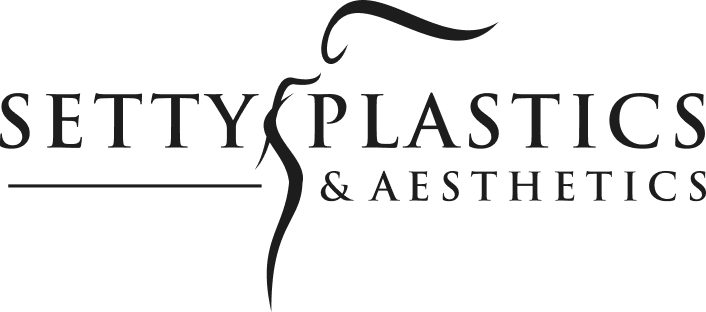Choosing the right breast implant type is an important decision in breast augmentation surgery, impacting the overall look and feel. There are various implant options available, each with distinct characteristics, advantages, and considerations.
Setty Plastics & Aesthetics in McKinney uses the Safest, High-Quality Implants
At Setty Plastics & Aesthetics, choosing our practice for breast augmentation with implants ensures a journey supported by unwavering safety measures, cutting-edge techniques, and modern equipment. Dr. Naveen Setty, a board-certified and highly experienced plastic surgeon, leads a team devoted to providing the utmost care and comfort, ensuring a welcoming atmosphere throughout your transformation. Our emphasis on delivering natural-looking results promotes not just physical enhancements but overall well-being, empowering individuals to feel confident and beautiful in their unique way. As one of the very first plastic surgery practices in the McKinney community, we are dedicated to maintaining our high standards, excellence in patient care, and beautiful results.






